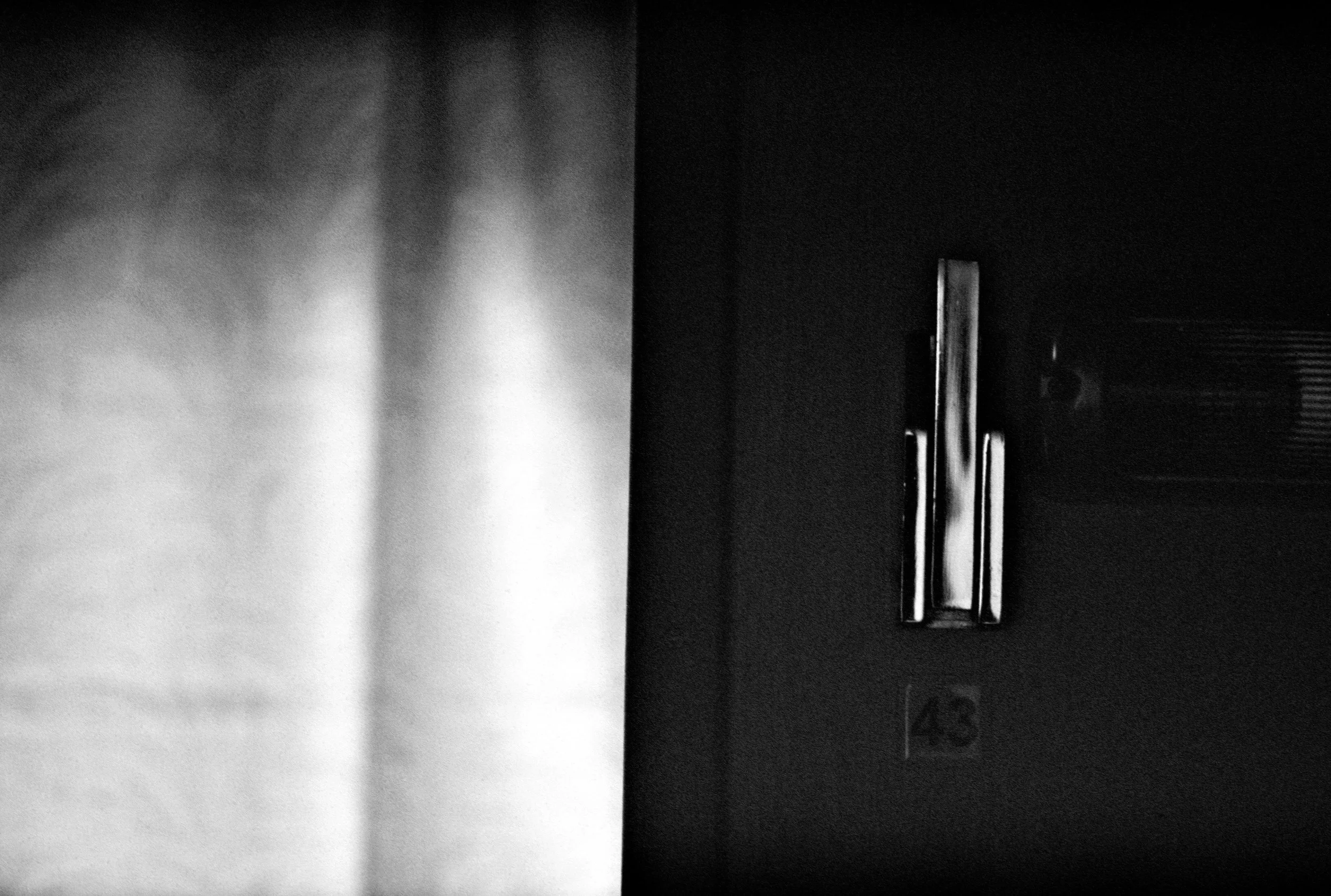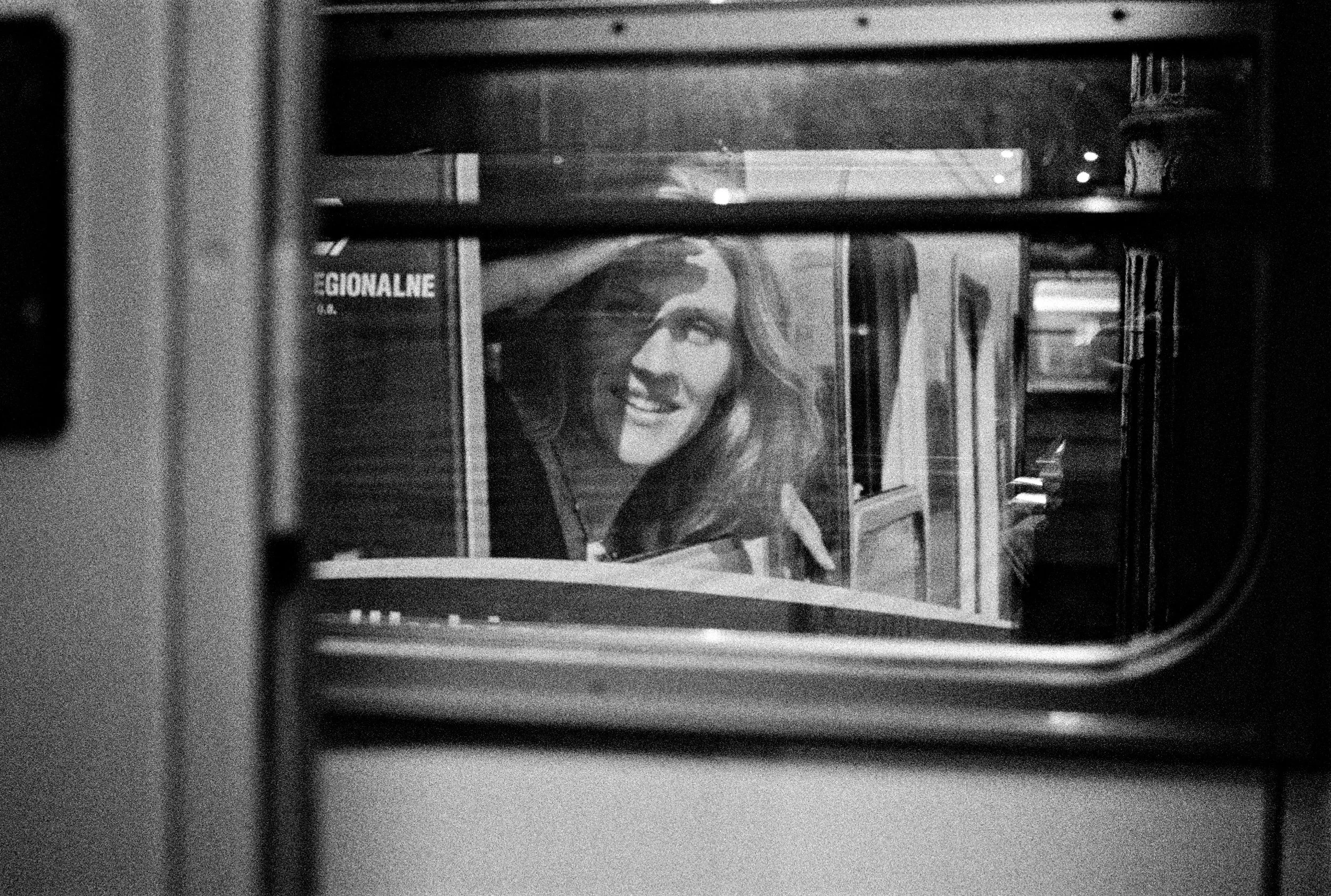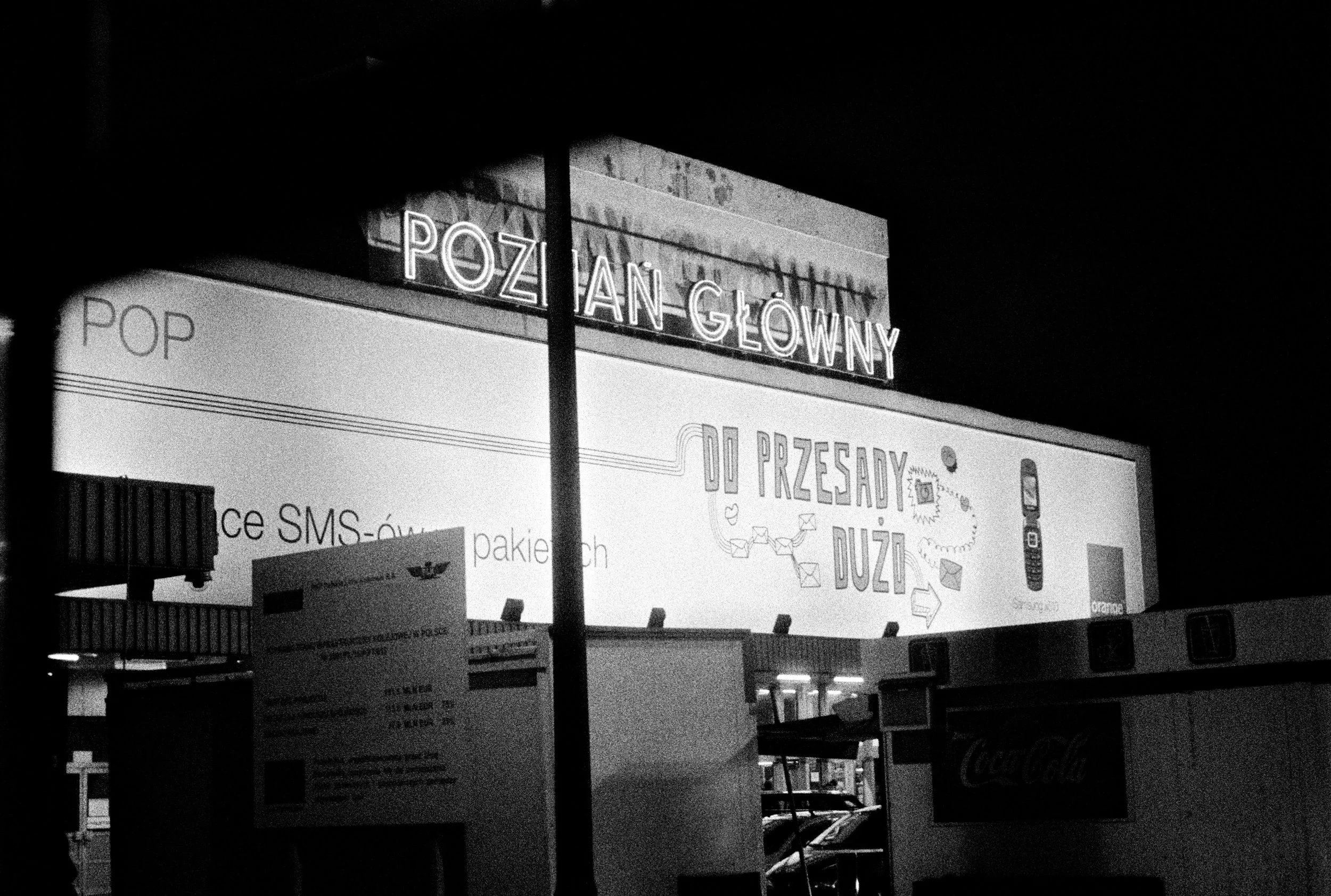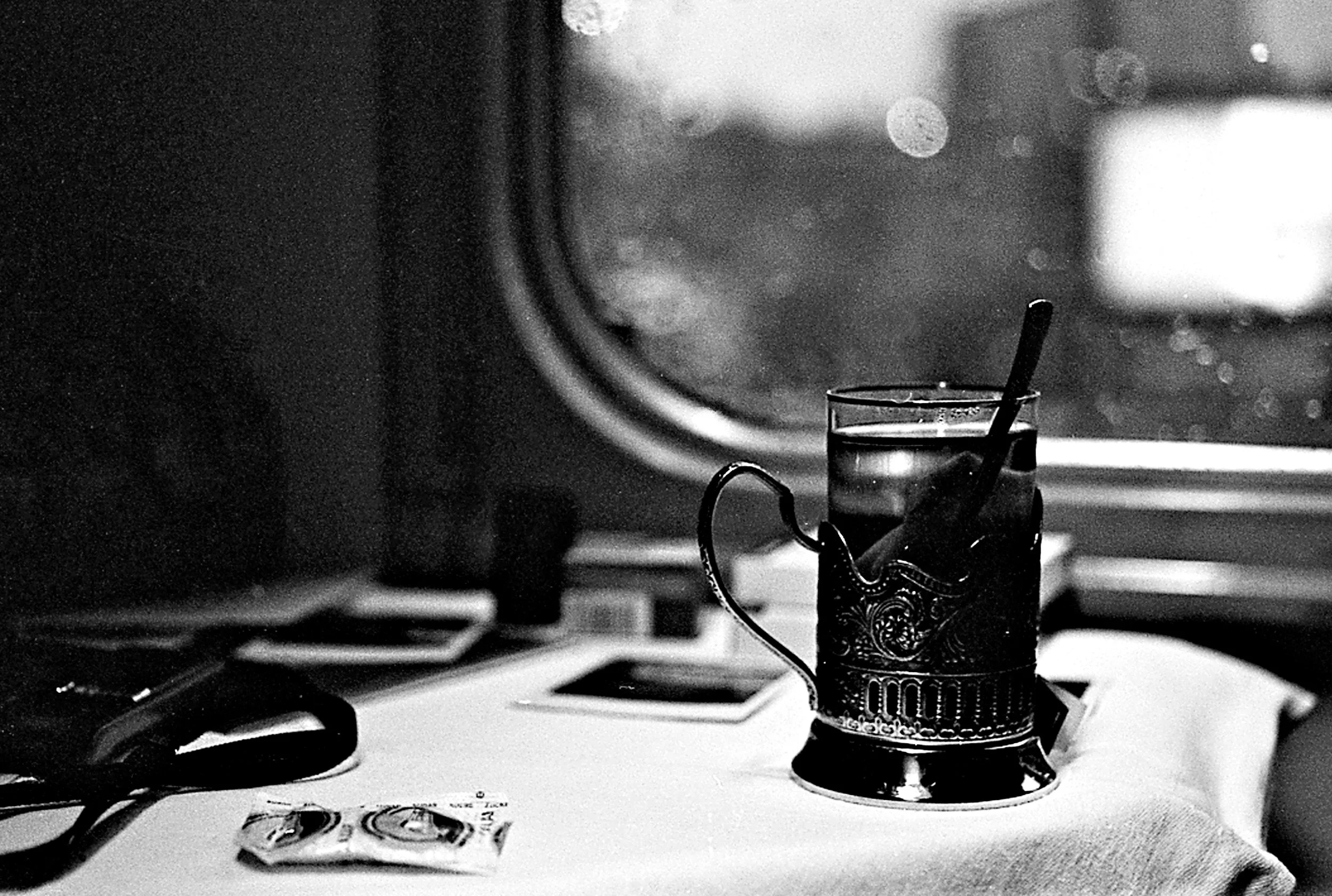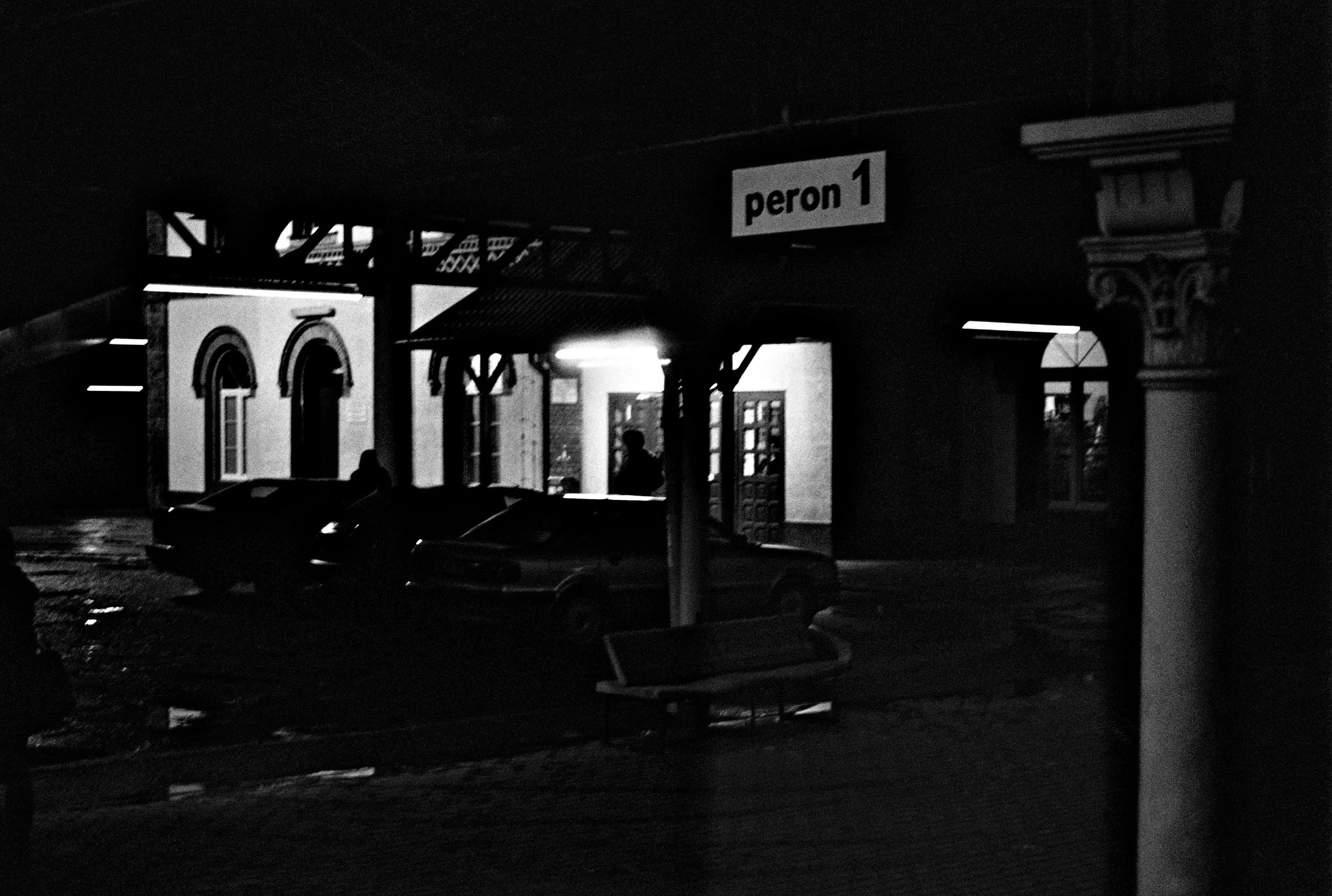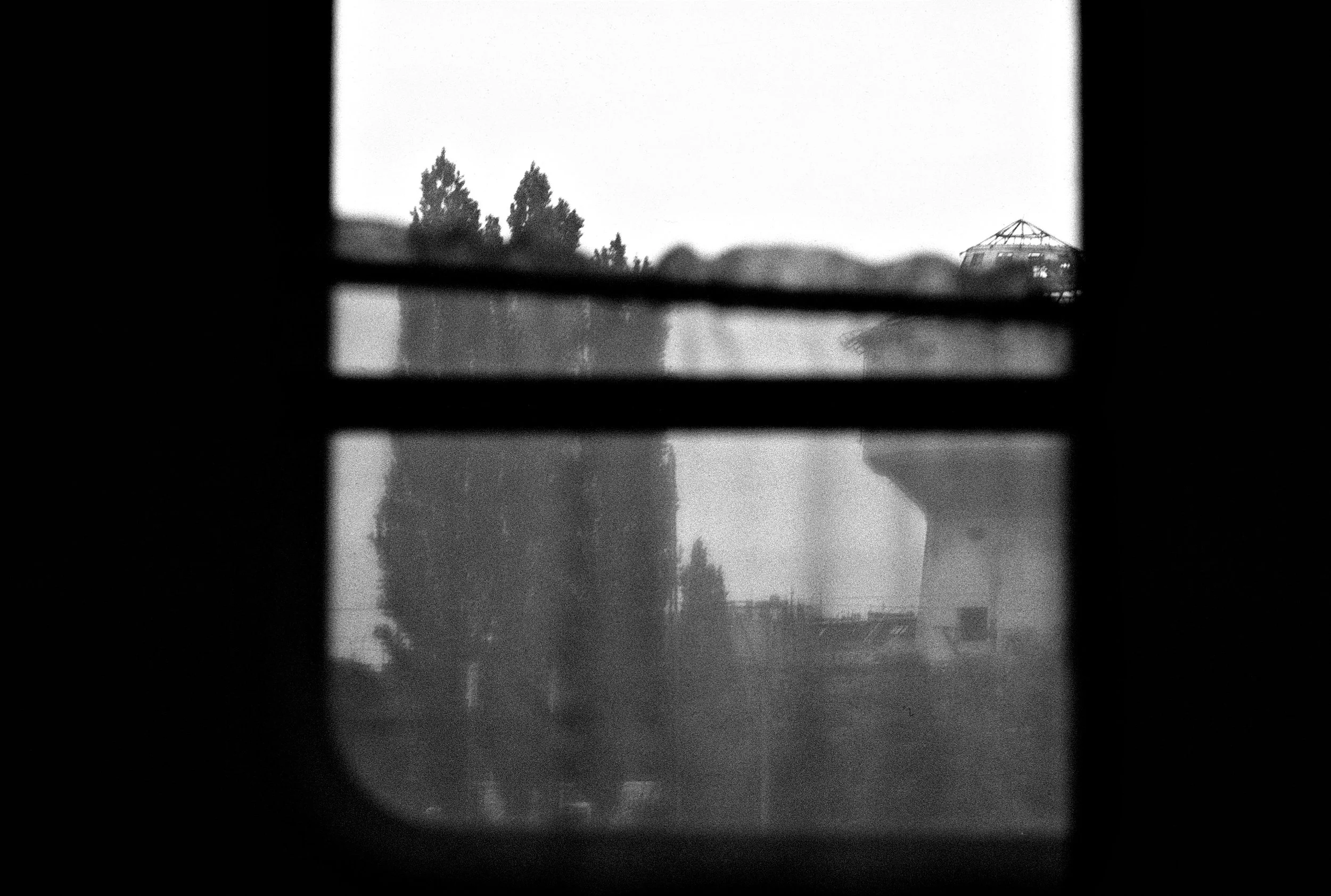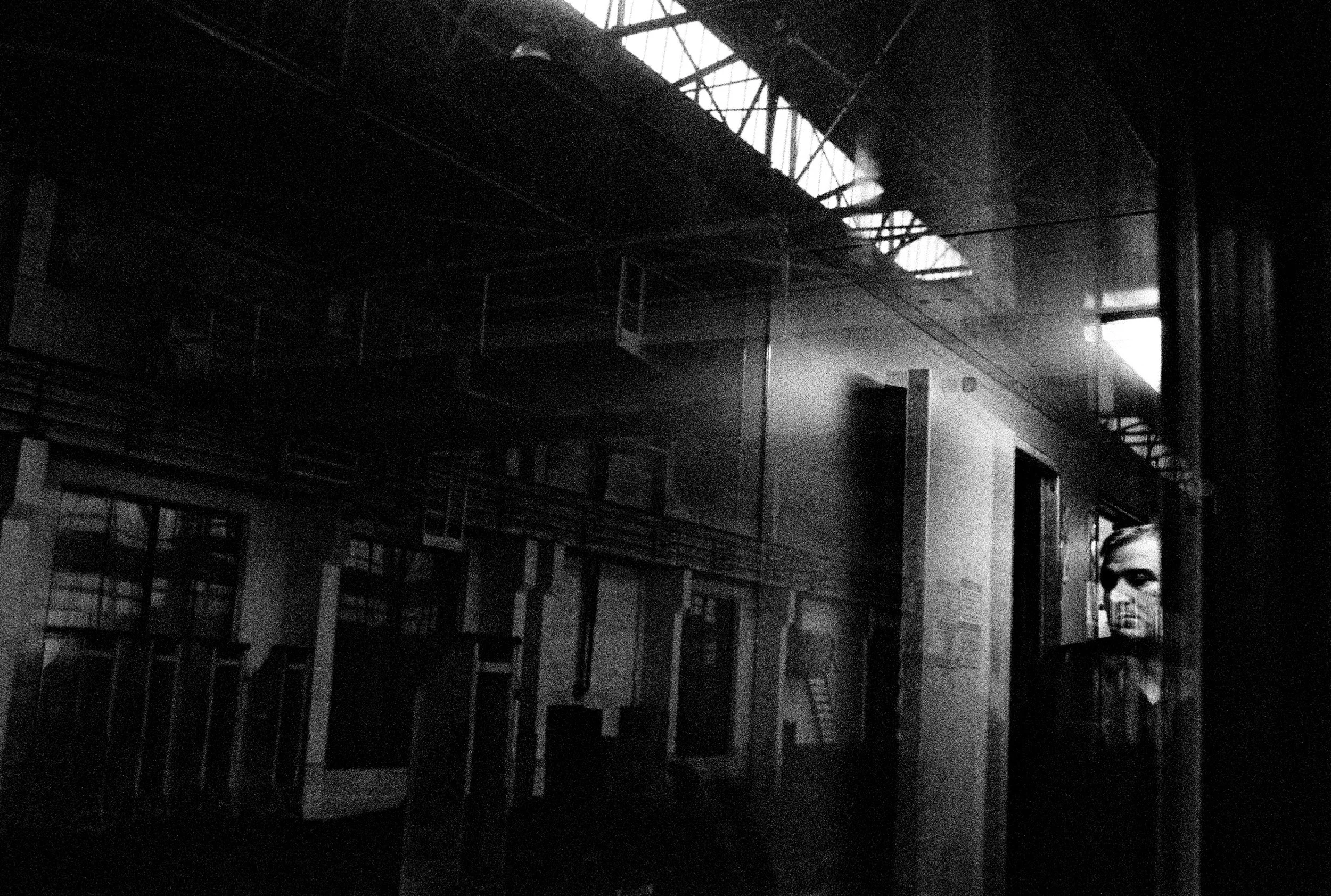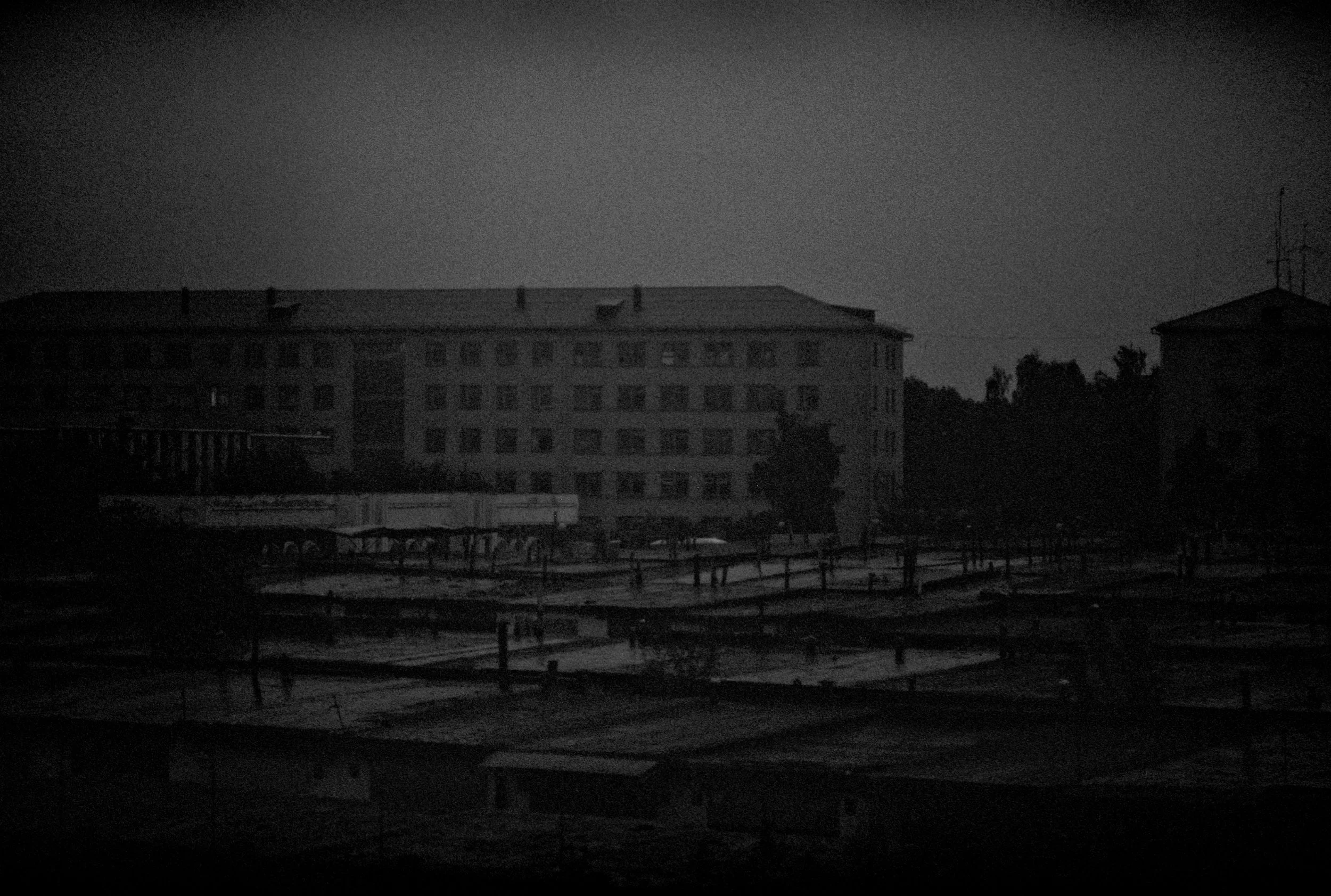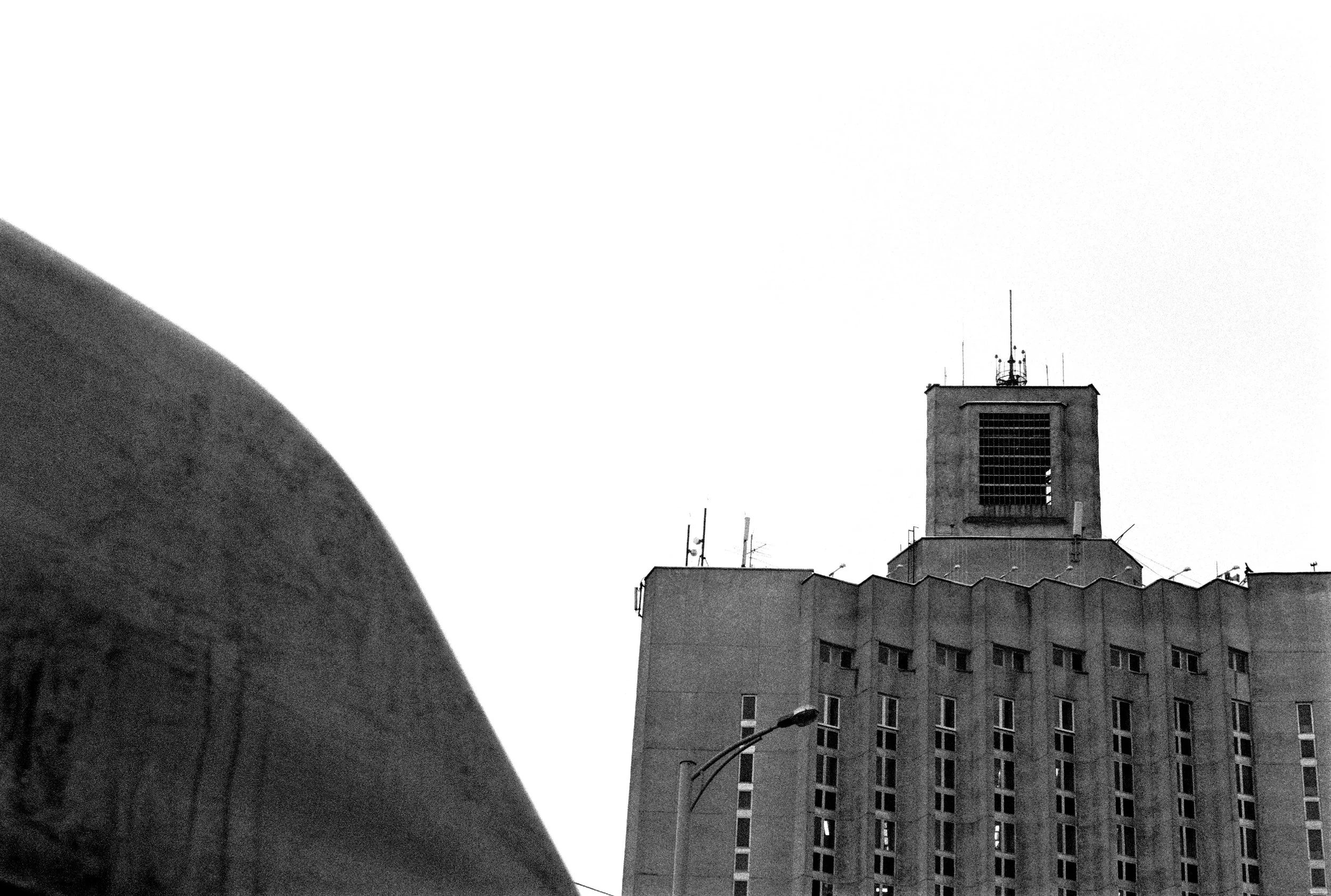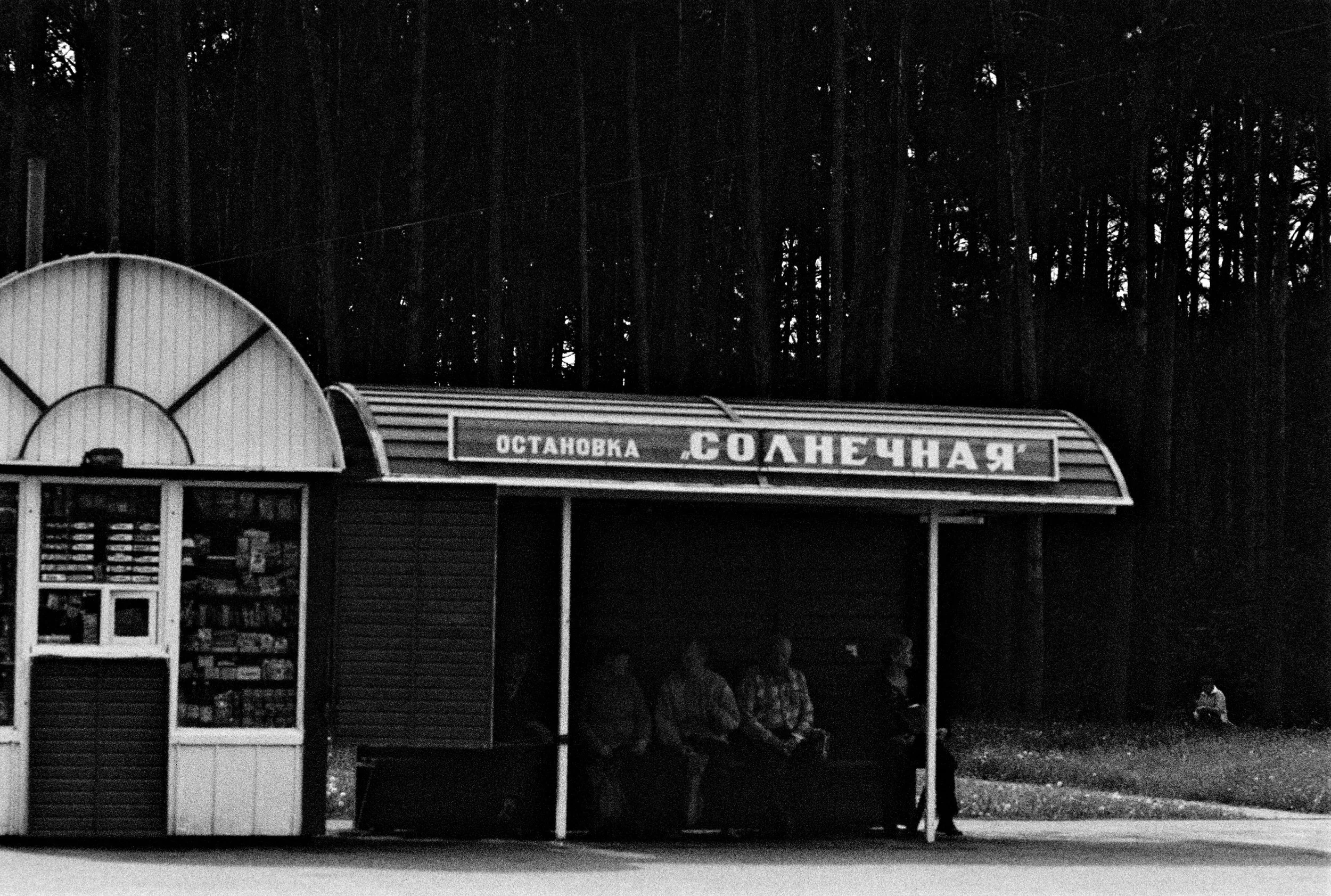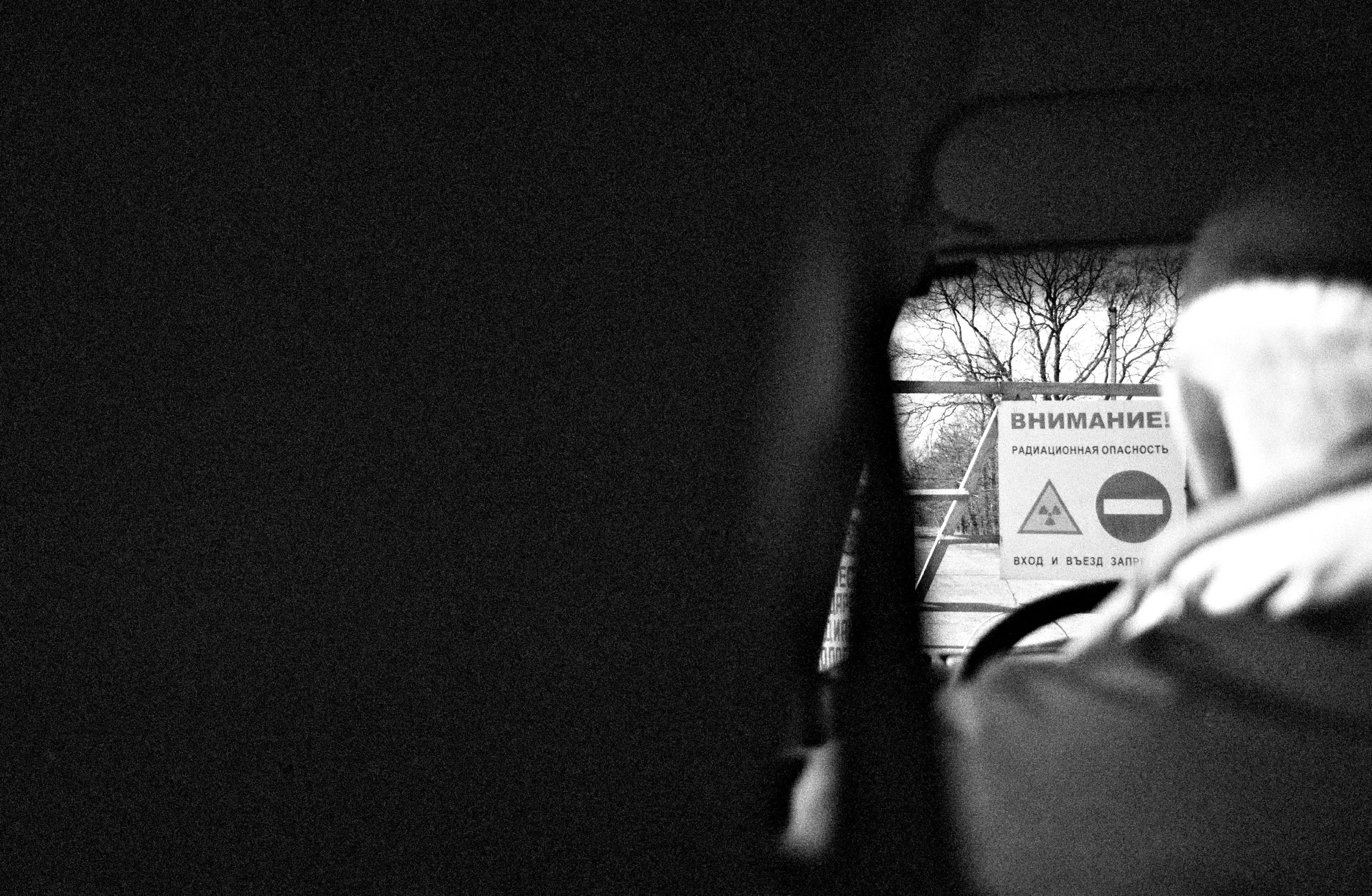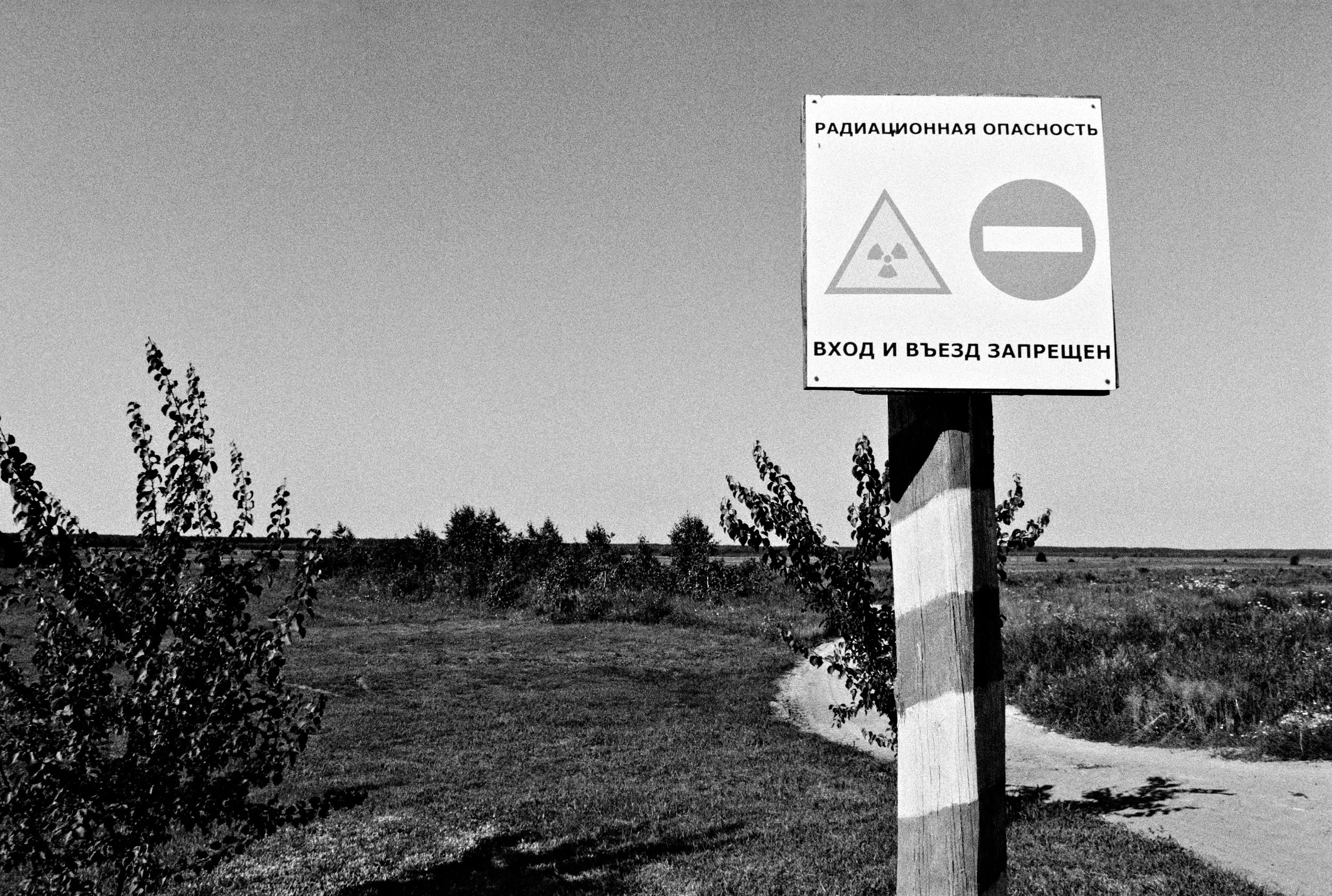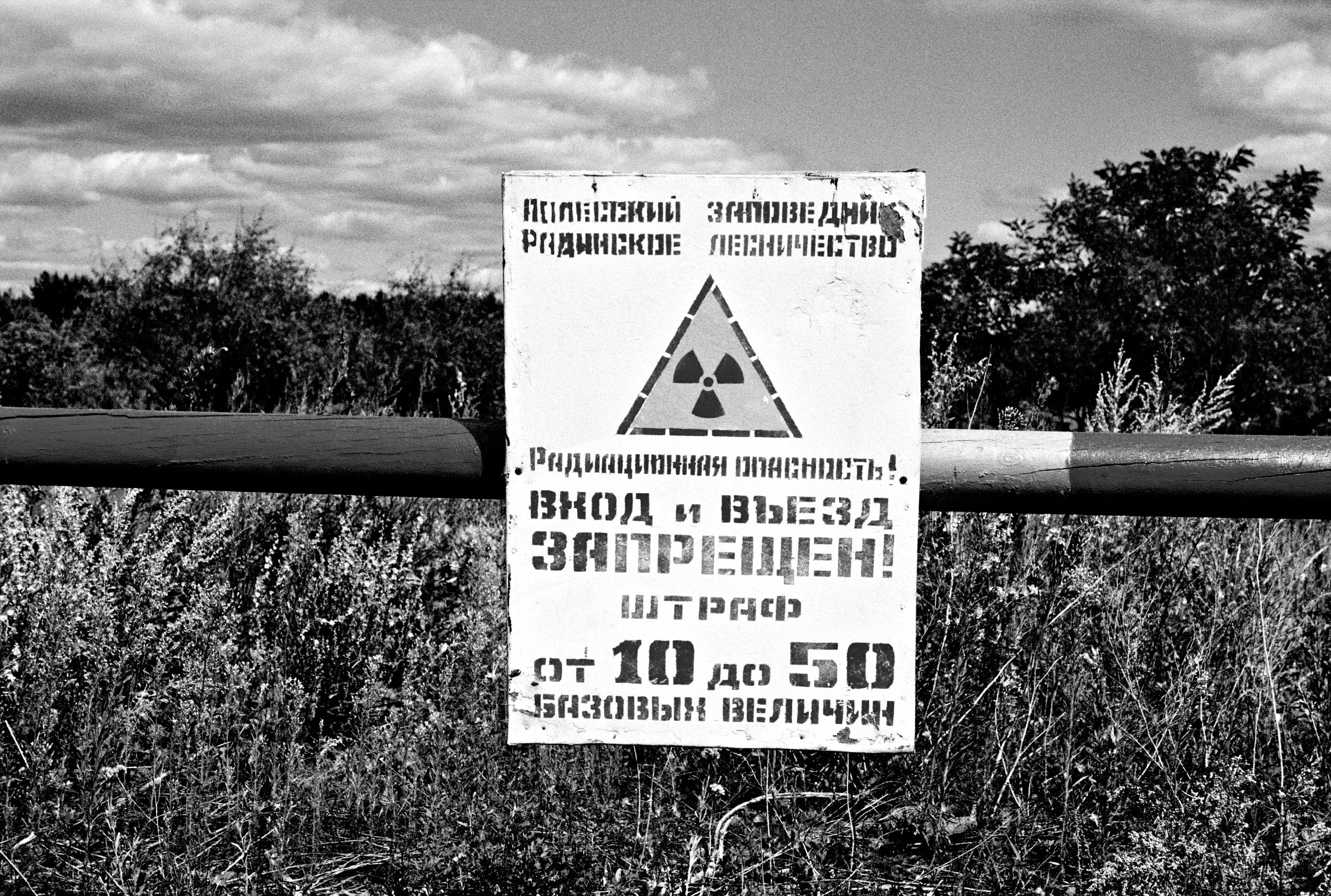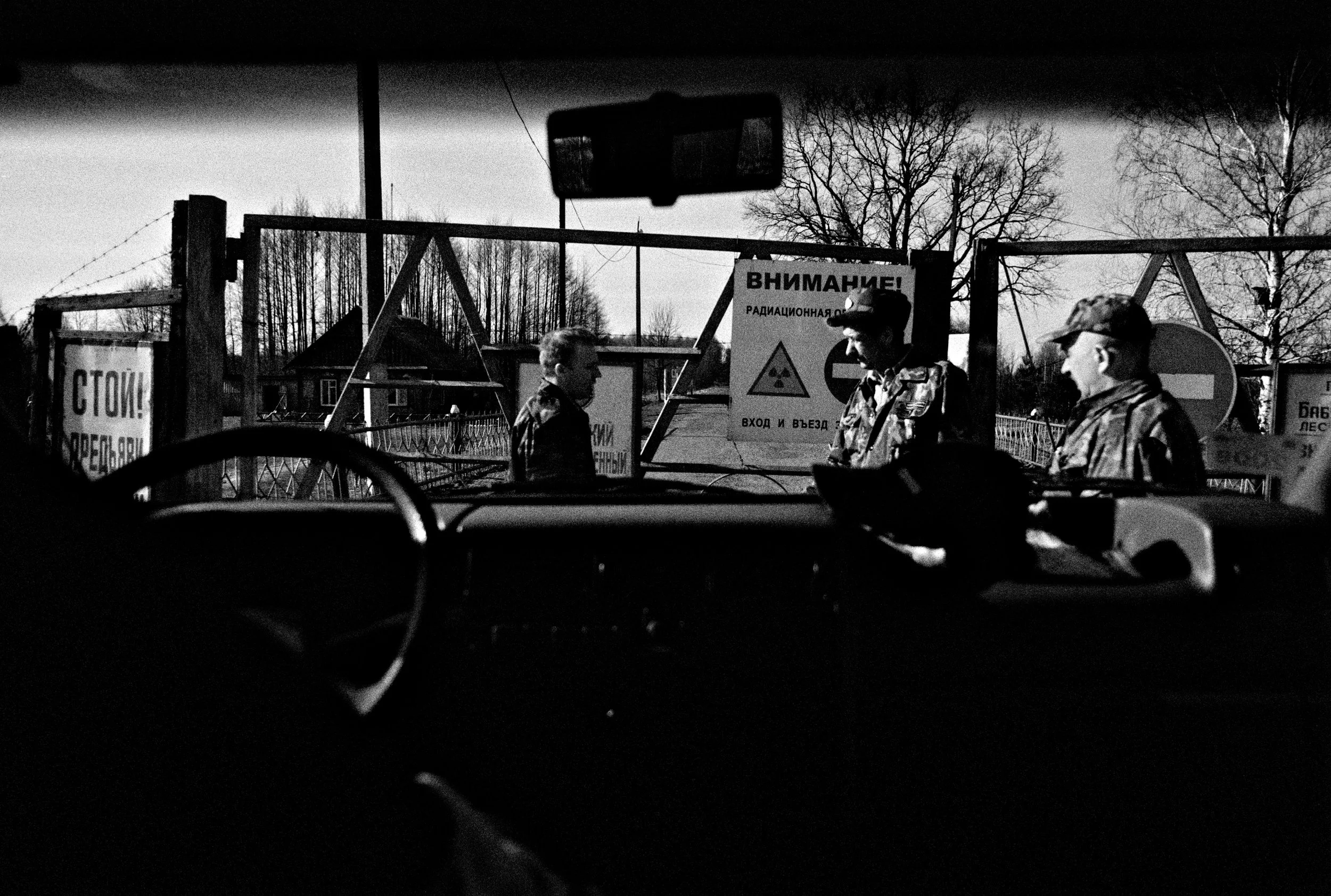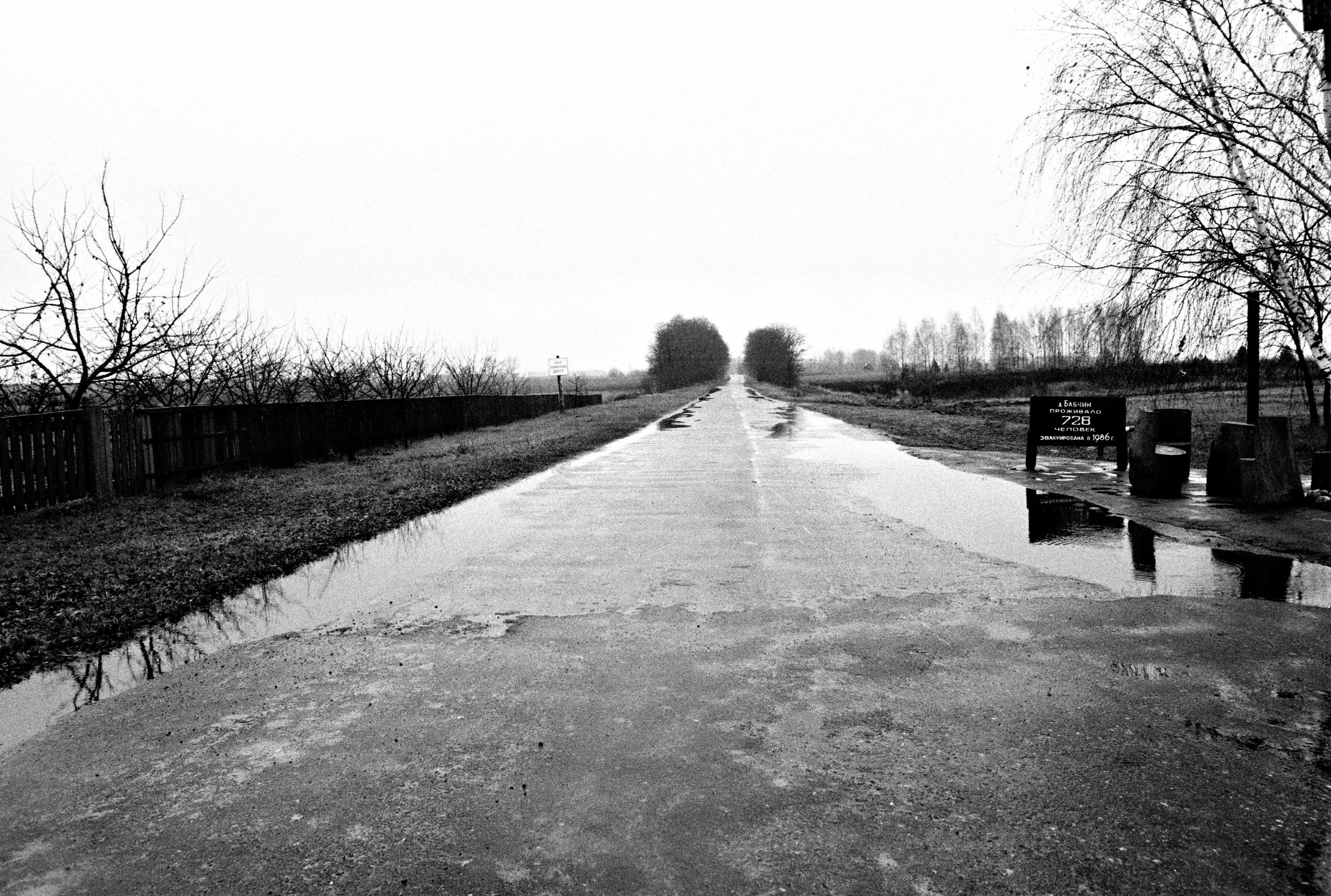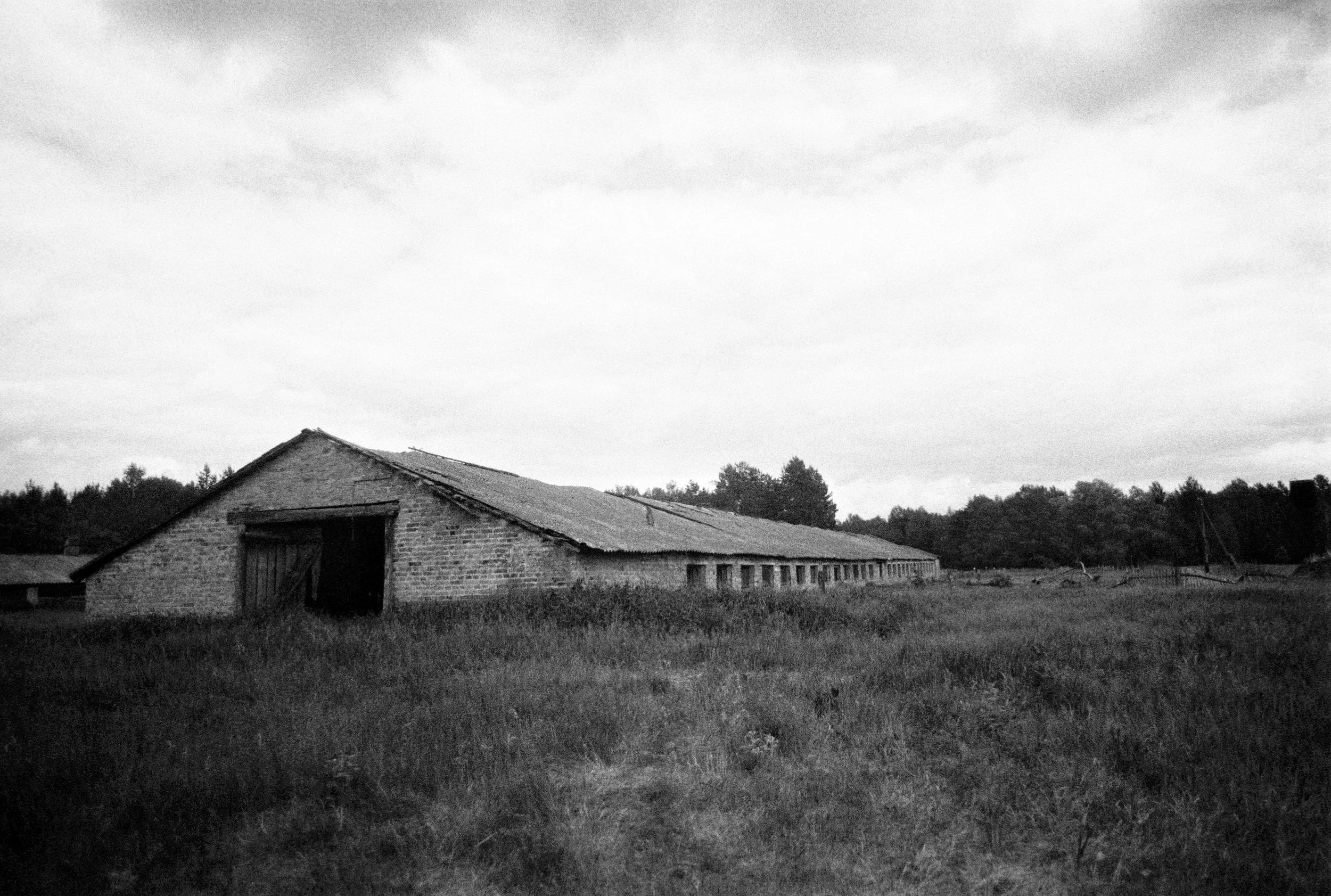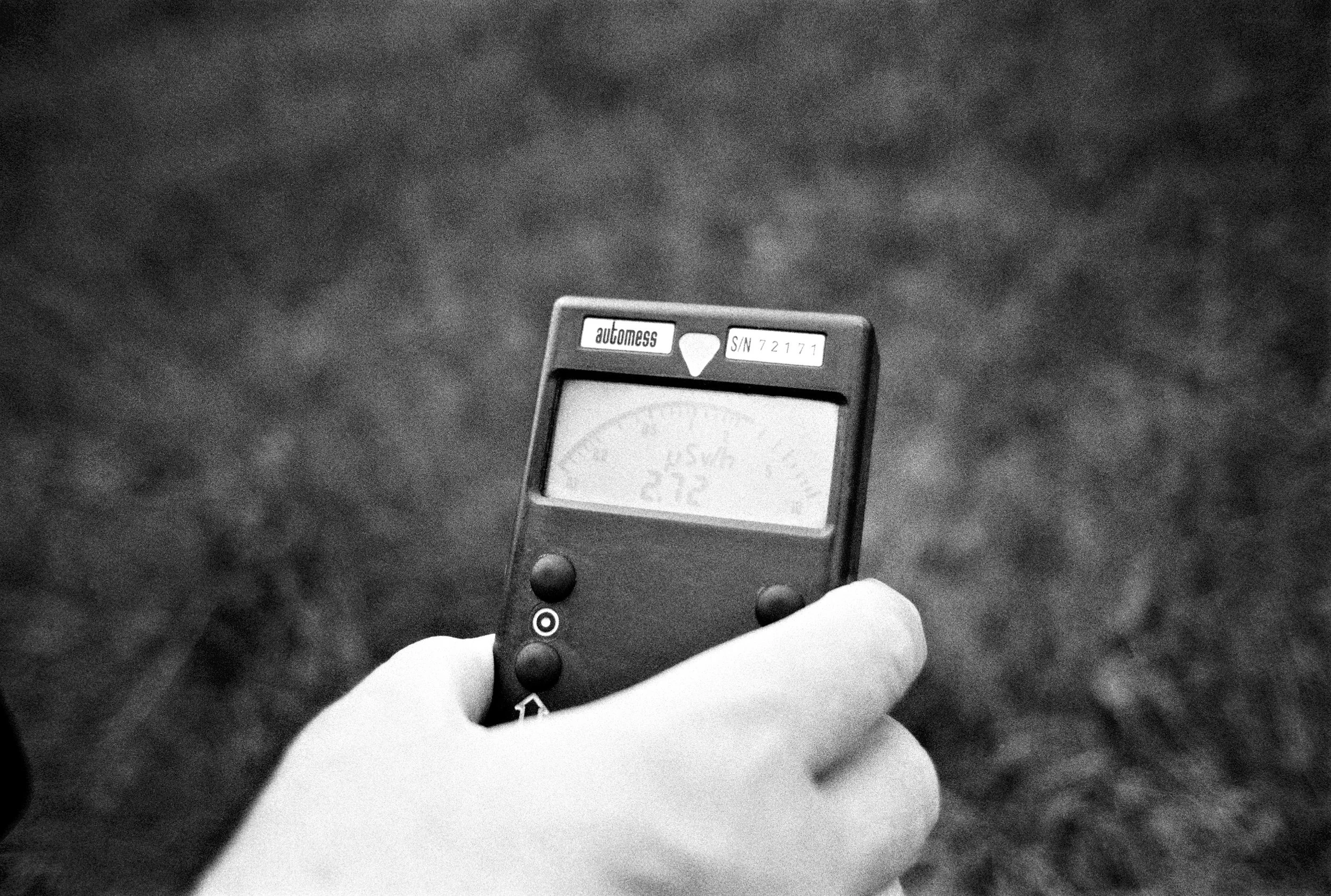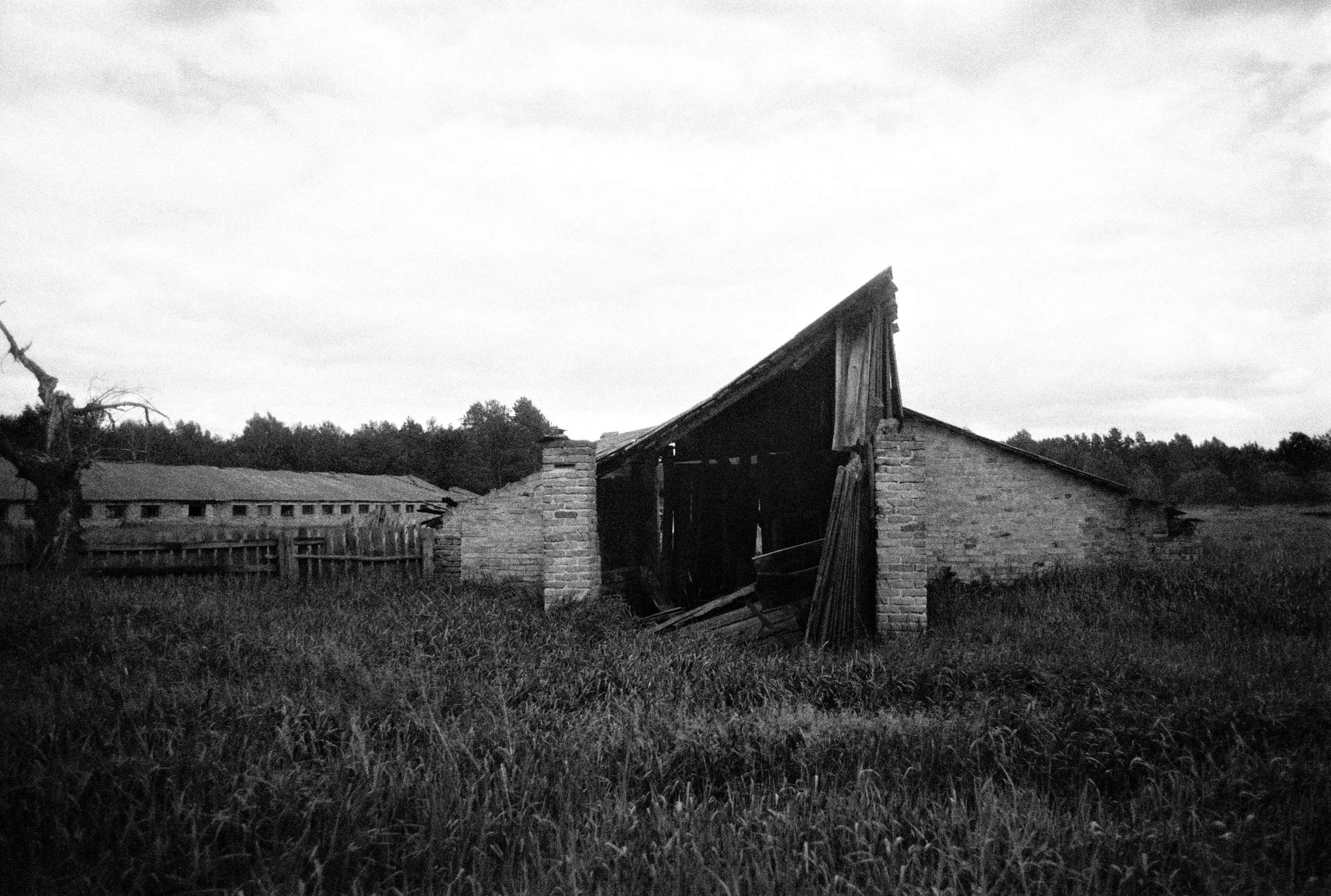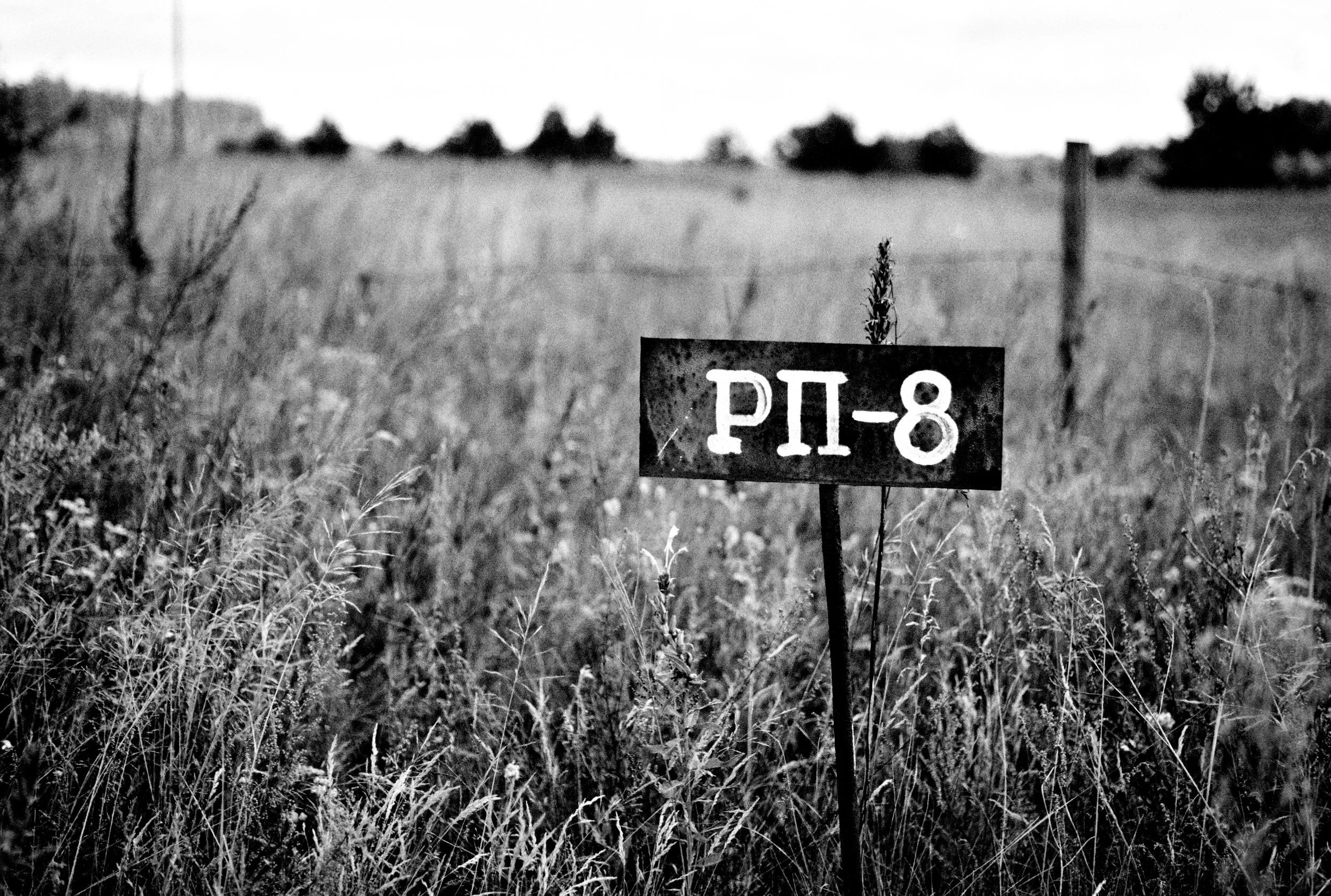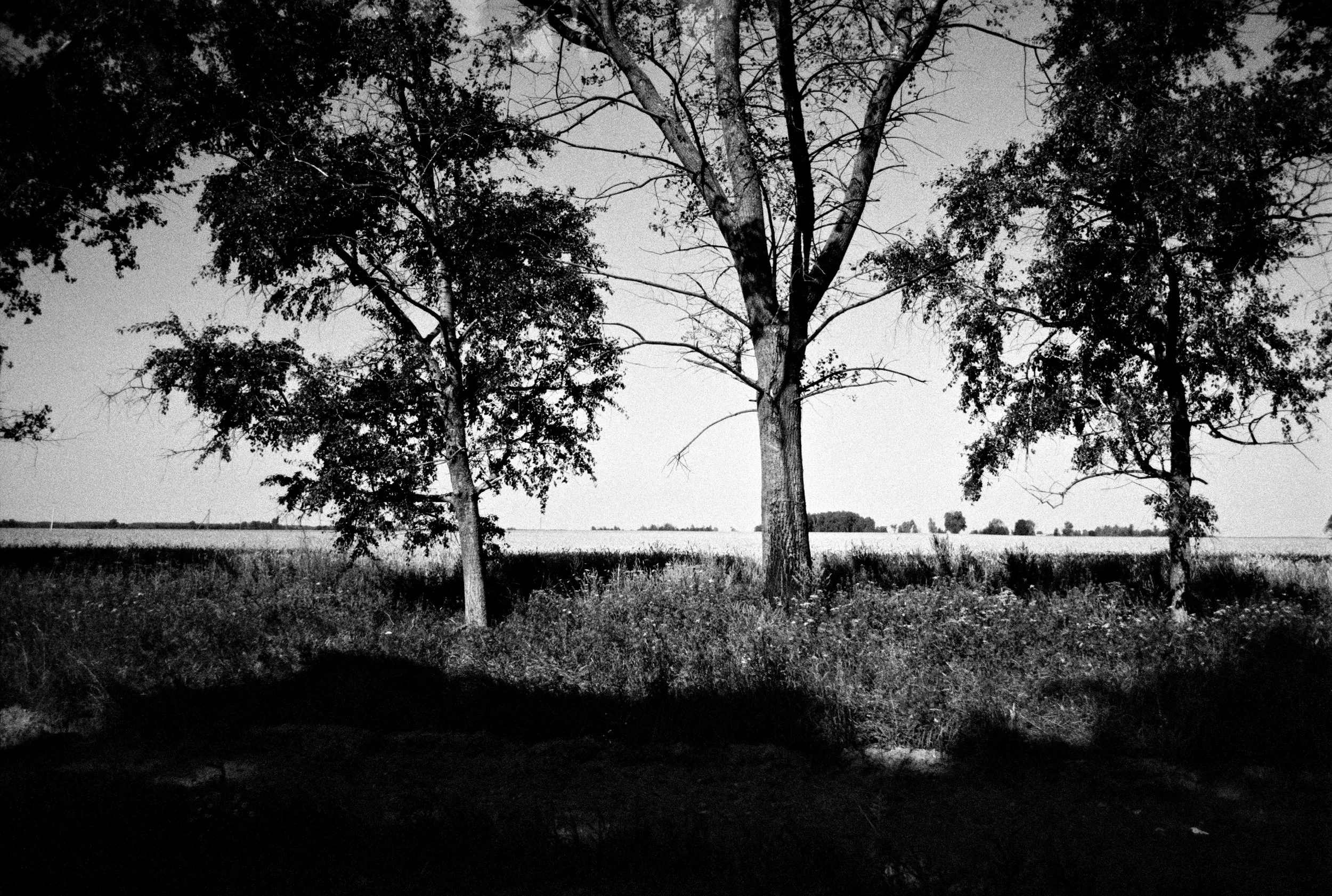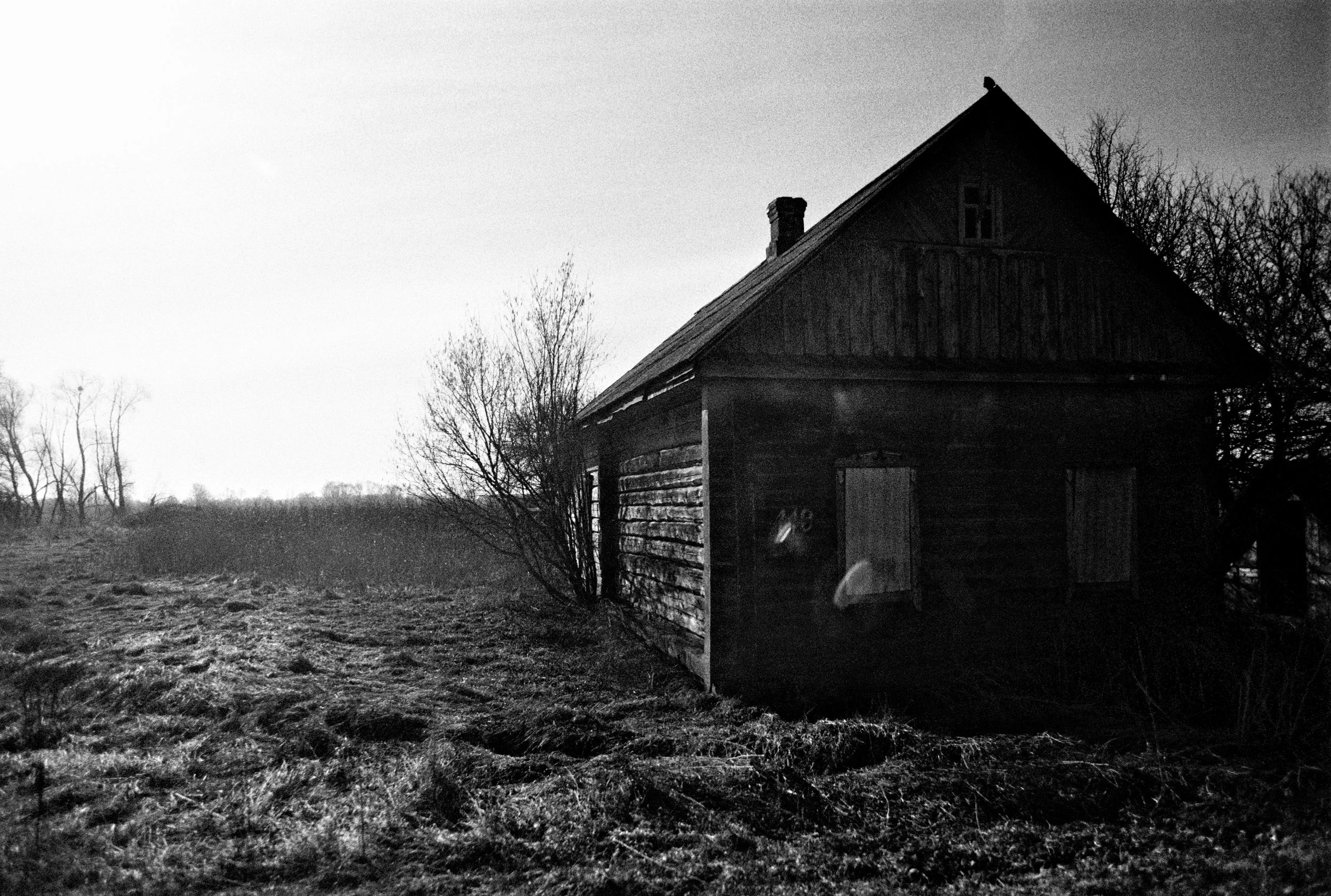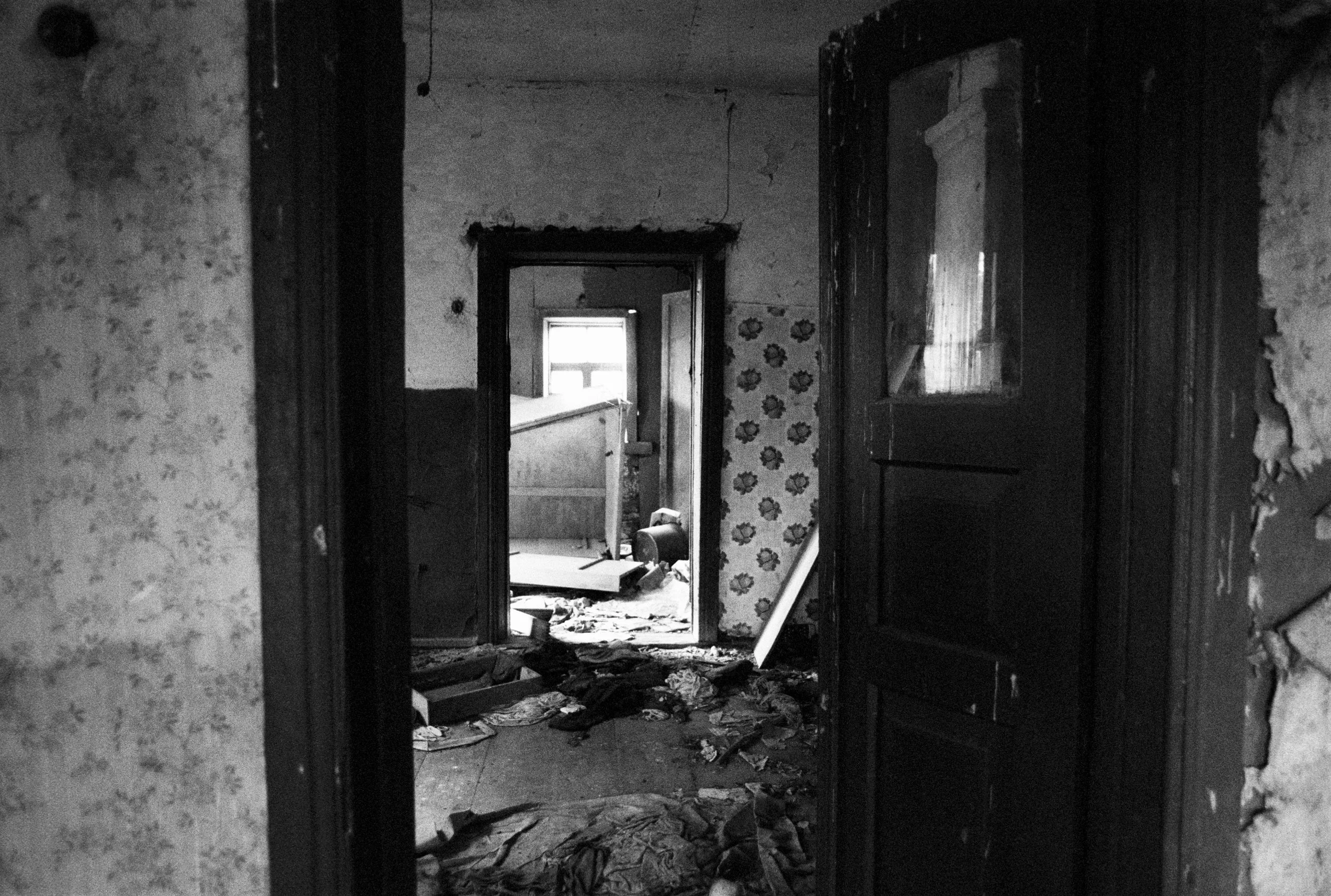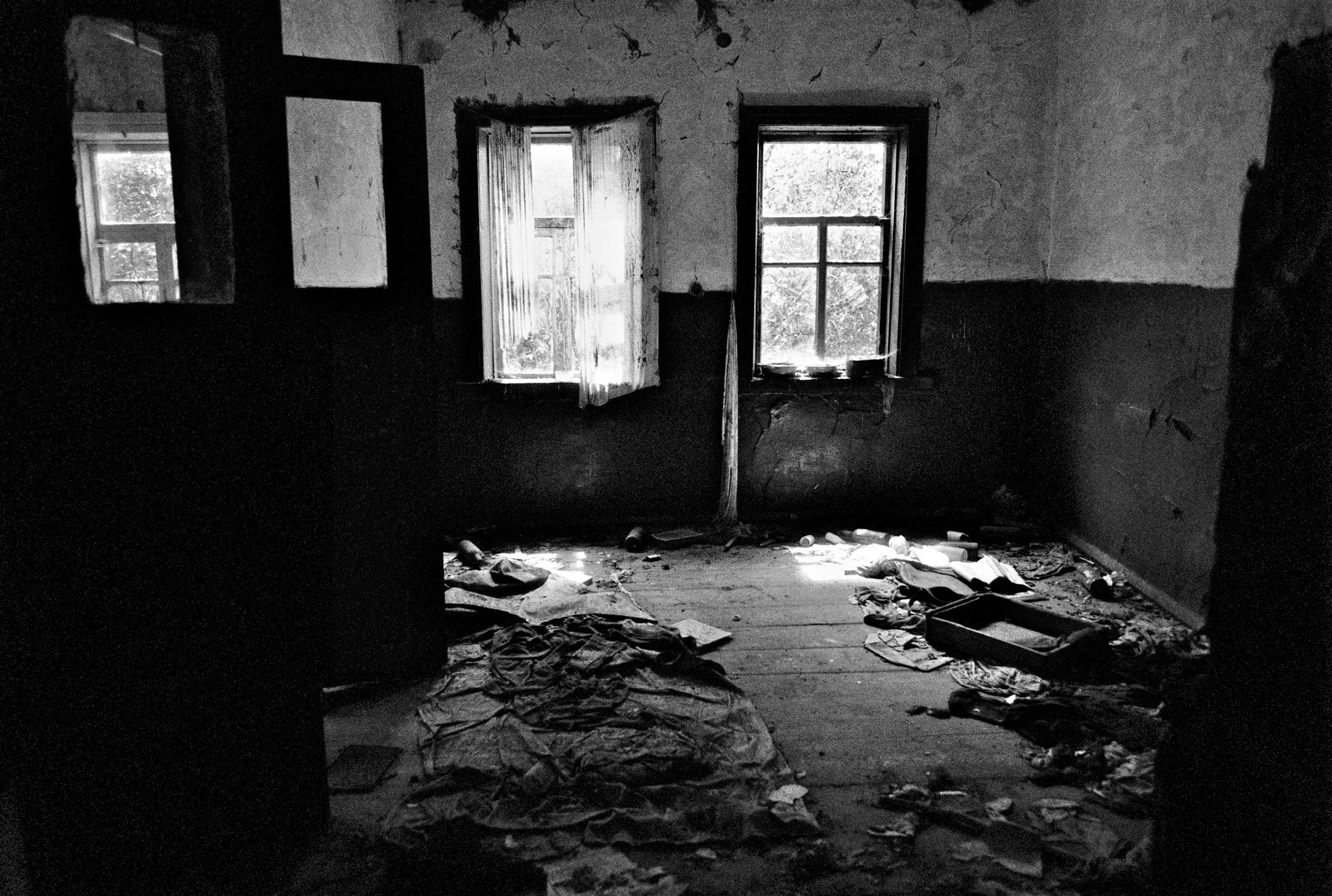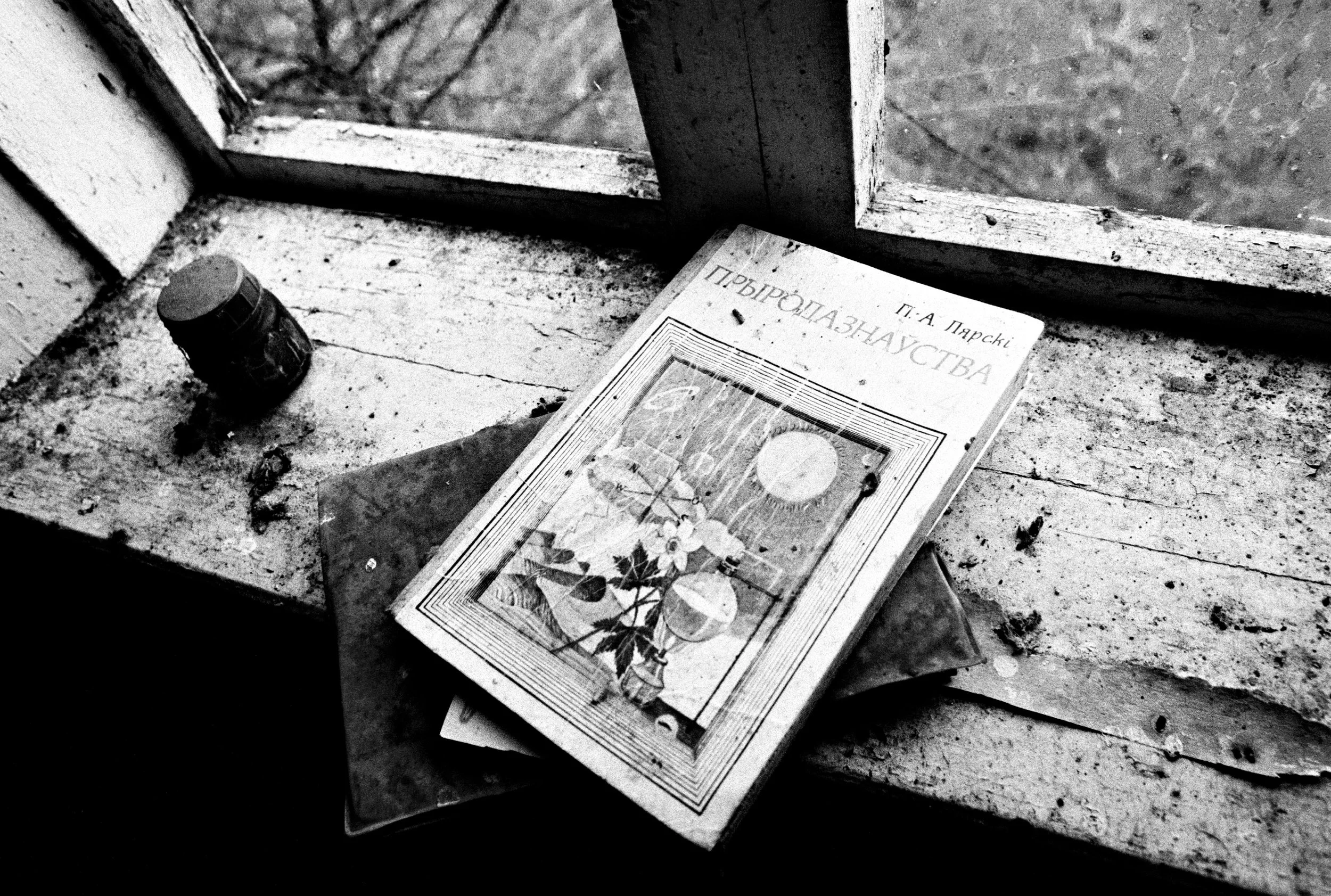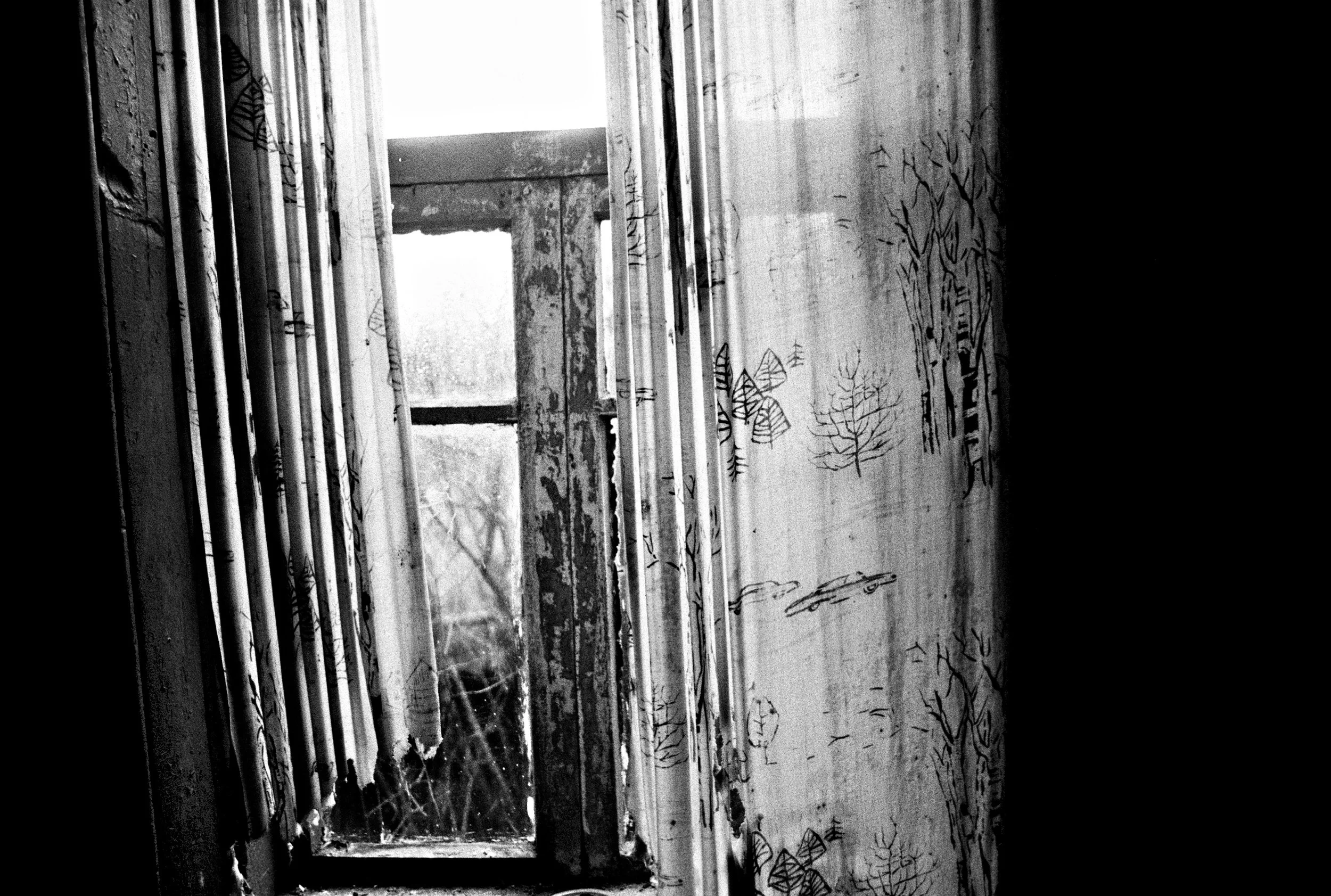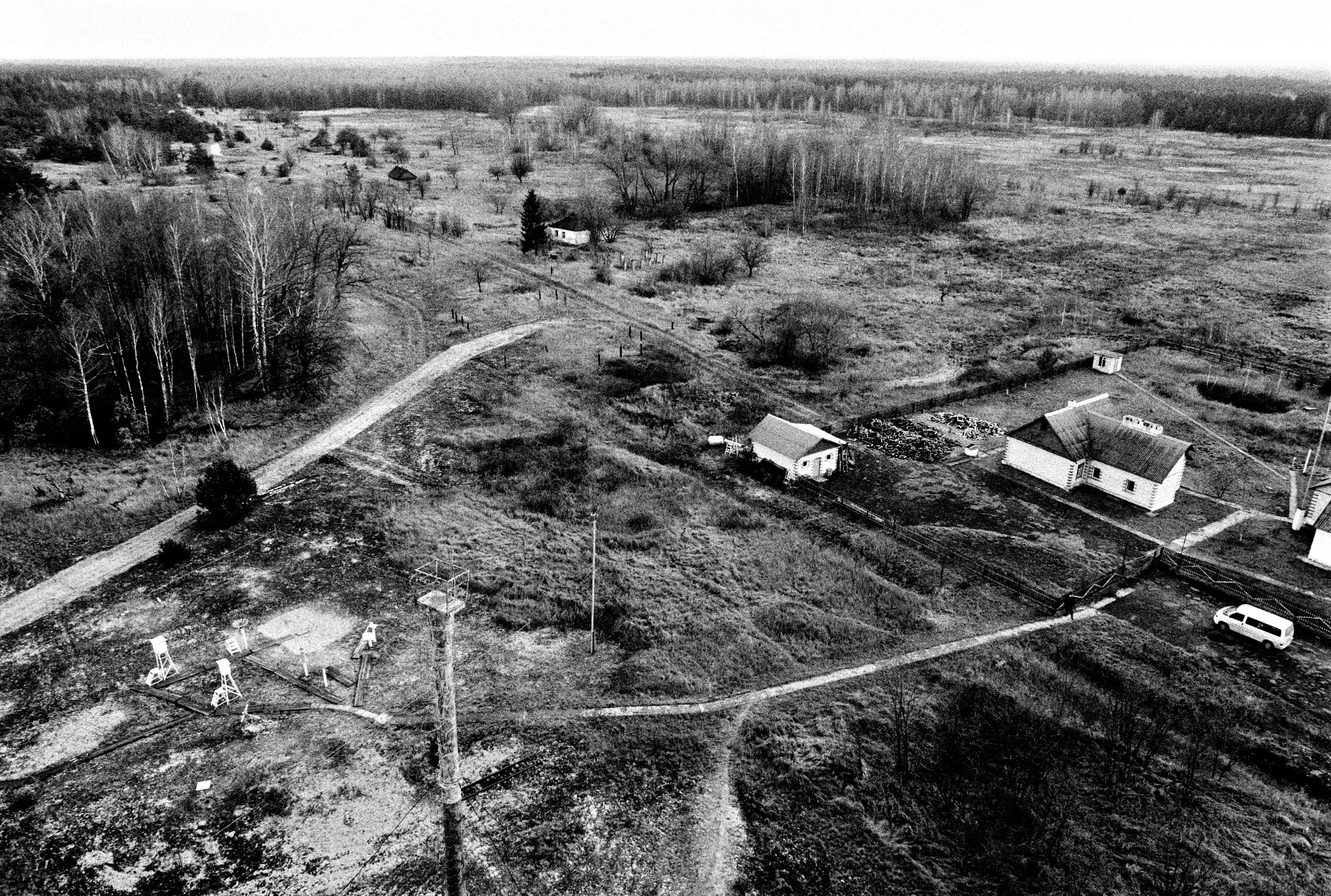CHERNOBYL PROJECT: DOCUMENTARY PHOTOGRAPHS
This is a collection of photographs documenting my travels from Berlin to Minsk and through the Chernobyl Exclusion Zone on the Belarusian side of the border over the years of making the “Chernobyl Project”. The photographs were taken on 35mm film and are presented in different sizes and numbers. They serve as a travelogue of my many trips to the Exclusion Zone and offer a perspective on the Chernobyl disaster and its lasting impact on the region, in straightforward photographic documentary form.
Berlin-Moskau Express train, cabin interior.
Berlin-Moskau Express train, on the way to Minsk. This train used to depart from Berlin - Ostbahnhof at 6:50 p.m. to arrive in Minsk - Passajirskii at 9:12 a.m. the next day.
View from the Berlin-Moskau Express Train
Berlin-Moskau Express train
Stop in Poznan
Berlin-Moskau Express train, cabin interior, tea time.
Berlin-Moskau Express train, stop
Berlin-Moskau Express train
In Poland, we also pass through Poznan Gl, Warszawa Zachodnia and Warszawa Centralna stations until we reach the border crossing at Terespol/Brest.
Berlin-Moskau Express train
Berlin-Moskau Express train, through Poland
Stop at Terespol/Brest. The cars are lifted and the track is changed to Russian standard.
Berlin-Moskau Express train, on the border, dusk
Arrival in Minsk. There, I meet my partners from the Otto Hug Radiation Institute in Munich, and we go together to Gomel, the second largest city in Belarus, 120km away (an hour and a half by car) from the Chernobyl Exclusion Zone.
Minsk
Arrival in Gomel
On the way to Choiniki
Choiniki
Choiniki
Chernobyl Exclusion Zone map
At dawn, we set out for the exclusion zone, a 30 km radius around the plant. On April 26, 1986, a chain of events led to explosions that destroyed the building that housed the No. 4 reactor. It has since been the center of the Exclusion Zone, contaminated by radioactivity for at least the next 300 years. The radioactivity increases as you advance in this 30km radius, and successive checkpoints appear.
First Checkpoint, Chernobyl Exclusion Zone
Exclusion Zone entrance authorization
Radiation sign, Chernobyl Exclusion Zone
Radiation sign, Chernobyl Exclusion Zone
List of villages inside the Zone
Second Checkpoint, Chernobyl Exclusion Zone
Passing through the second checkpoint, Chernobyl Exclusion Zone
On the way to the reactor, Chernobyl Exclusion Zone
Abandoned barn, Chernobyl Exclusion Zone
Chernobyl Exclusion Zone
Third Checkpoint, Chernobyl Exclusion Zone
Entering the third checkpoint, Chernobyl Exclusion Zone
Dosimeter, an instrument we used to navigate inside the Zone, both to know where to walk and to choose where to set up the radiographic experiments for the project. A dosimeter, similar to a light meter, is an effective dose meter for ionizing radiation, that is, it measures the radiation absorbed by organic matter.
Chernobyl Exclusion Zone
Chernobyl Exclusion Zone
Chernobyl Exclusion Zone
Abandoned house, Chernobyl Exclusion Zone
Abandoned house interior, Chernobyl Exclusion Zone
Abandoned house interior, Chernobyl Exclusion Zone
Abandoned house interior, Chernobyl Exclusion Zone
Abandoned house interior, Chernobyl Exclusion Zone
Abandoned house interior, Chernobyl Exclusion Zone
Abandoned house interior, Chernobyl Exclusion Zone
Abandoned house interior, Chernobyl Exclusion Zone
Newspaper from March 1986. It reads: Rural Life, newspaper of the Central Committee of the Communist Party of the USSR, reporting on the XXVII Congress of the Communist Party, which took place from February 25 to March 6 of that year.
End of route: image taken from the top of a watchtower, capturing in its depth of field the Exclusion Zone that extends across Belarus and into Ukraine, where reactor number 4 is located just across the border. Crossing the zone on the Belarusian side, this was the closest point to the reactor we could reach.
